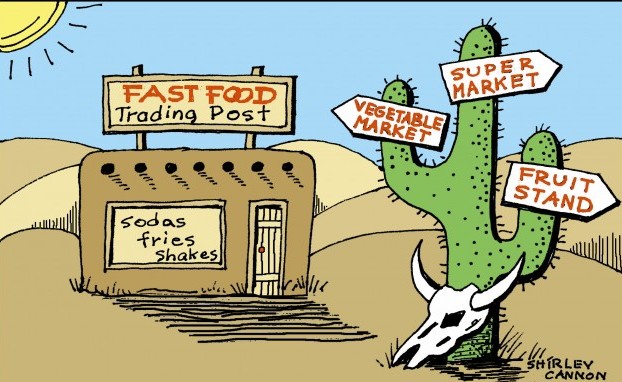My action project group was the public health group. Personally, I chose this action project group because public health type work is almost the polar opposite of what I do on a day to day basis. However, despite starting the project with the mindset that my action project group would be challenging, I don’t think I was prepared for just how challenging it would end up being. There were many moments of frustration, and triumph that made the end result much more impactful to me personally as I really came to terms with the reality of action. That is to say, action in the real world is incredibly hard, slow to come to fruition, and not always as impactful as you set it out to be. In this paper I will explain my groups action project, my contribution, and big takeaways from the entire project.
Like most teams my team started out ambitious with our initial project design and we aimed to include an organization that was already established in the Seattle area as our partner. However, as we came to learn contacting said organizations is a project in and of itself. So, what my group and I ended up doing was making a brochure talking about a major local and global issue, food deserts. We tabled with the brochure outside of the HUB for quite a few hours and tried to educate the campus populus on this important issue.
Due to the fact that I was already in a large registered student organization I was able to contribute greatly to the setup of the project. The setup includes getting materials such as advertisement from the UW food pantry and the brochure itself printed and ready for tabling. I also got candy for the table in order to increase student participation and reserved tables and chairs for the actual tabling from the UW RSO Resource Center.
As for the relevance of our action project to course material I think systems theory could easily be applied to our project. What I mean by that is, food deserts are essentially a product of a lack of symbiotic planning on a macro level. As Michael Pollan wrote in “In Defense of Food”, “One of the most momentous changes in the American diet since 1909 (when the USDA first began keeping track) has been the increase in the percentage of calories coming from sugars, from 13 percent to 20 percent” (Pollan 112). Pollan talked about some of the large scale manufacturing issues that affect this increased intake of sugar but I think it is also important to address the accessibility issues that drive this change as well.
Cities, like Seattle, are rapidly growing in a more linear manner than is healthy for the lower income populations of Seattle. Swaths of Seattle especially near downtown are becoming gentrified and populations that lived in those areas for decades are moving further and further from their home in order to survive. Unfortunately, some of these outskirts of Seattle aren’t suited for the needs of these moving populations. Food deserts arise when there is a lack of nutritional food, this can be due to the locations of grocery stores or they can arise when the stores that are accessible to certain populations are not affordable options. Nutrition is very much a living system in the macro level. Accessibility, affordability, education and so many more aspects of communities affect the overall nutrition and ultimately public health of a community on the local and global scale.

Parsons, Michelle. “food desert.” Getting Back On Your Path. WordPress. 13 September 2013. Web. 06 June 2018.
